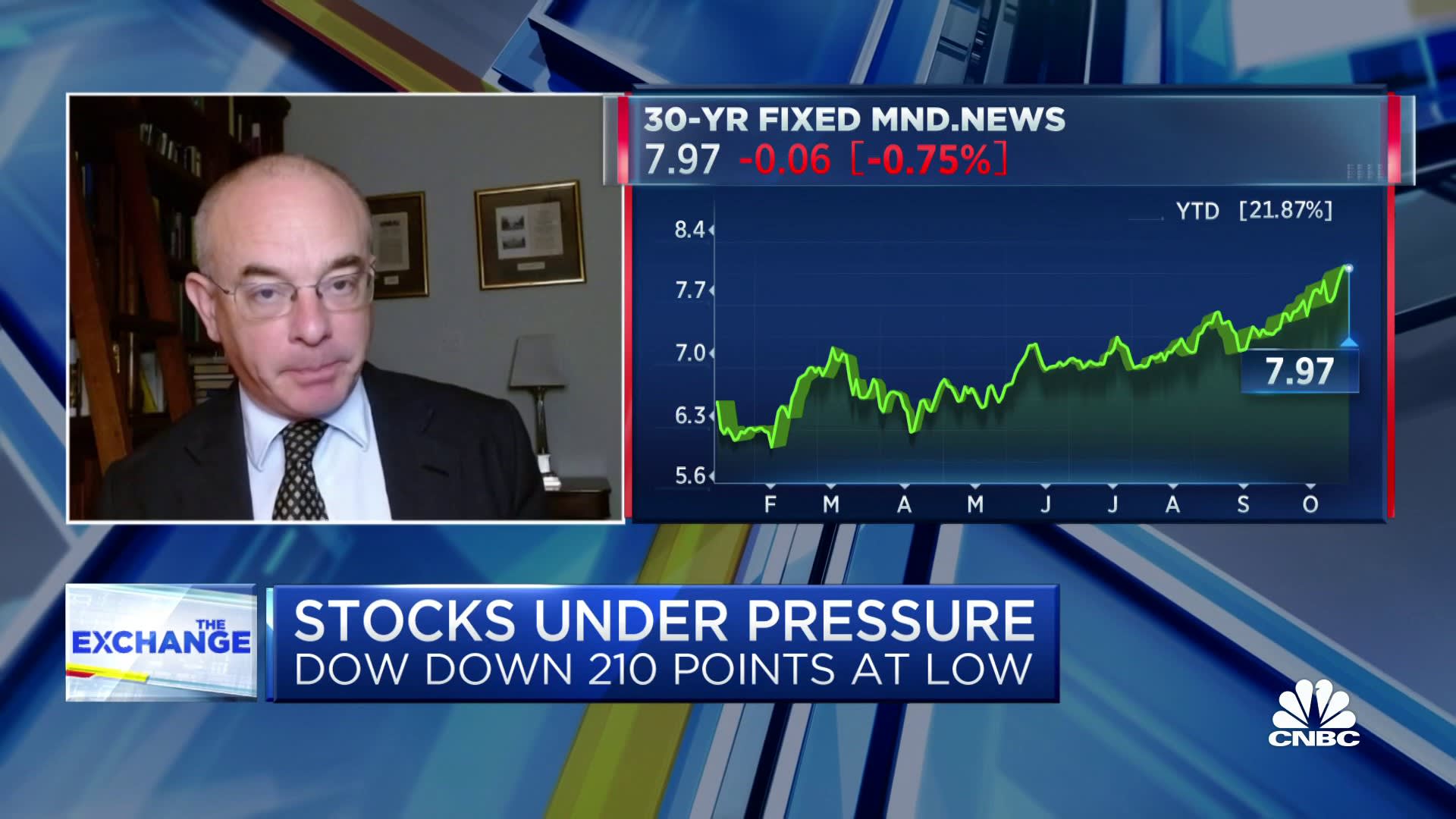- MF Lending
- Posts
- 🪩Owners Equivalent Rent (OER) driving up inflation? | This news week | Bond market pattern
🪩Owners Equivalent Rent (OER) driving up inflation? | This news week | Bond market pattern
Morning! This is MF Lending - the fool-proof way to serve up mortgage and real estate market knowledge without any of the guesswork. So you’ll look like the smartest agent in the room (and you are!)
Here’s what we’ve got for you today:
Owners Equivalent Rent (OER) driving up inflation? 🏘️
This week with MF Lending 🪩
Bond market pattern emerging🗓️
By the way, this article on Retail Sales Slams Market is the most clicked link in this newsletter, you should check it out if you are interested.
Was this email forwarded to you? Subscribe to get it directly!
Rates Today 📈


Owners Equivalent Rent (OER) driving up inflation? 🏘️
I have seen this argument from people like Barry Habib and other market experts since mid-2022…
CPI, the Fed’s favorite measure of inflation is made up of several weighted categories to calculate the figure. One of those categories is called “Owners’ Equivalent Rent” (OER).
Here is how it is defined - “measures how much money a property owner would have to pay in rent to be equivalent to their cost of ownership.”
Said another way - it is a survey that is used to measure the change in shelter costs across the country. Additionally, this calculation looks back at a trailing 12-months of data to come up with the figure.
“Owners Equivalent Rent” makes up ¼ of the CPI figures…larger than any other category.
The argument being made in this video (below) is that OER is pushing up CPI when, in reality, inflation is much lower than the CPI data shows.
Paul Donovan, chief economist at UBS Global Wealth Management, says that about 2/3 of Americans own their home. Of that group of owners, about 95% of them either have the home paid off (with no mortgage payment) or have a fixed interest rate (something that doesn’t exist in the UK).
Why is this important?
It means that homeowners are not as directly affected by the monetary policy changes as renters. Because homeowners have a fixed payment, they do not feel the impacts of these rate hikes (unless they try to move). As he says “monetary policy is more of a blunt instrument in the US”.
Donovan argues that this may be why we continue to see consumer spend elevated across the county - especially in the Baby Boomer / Gen X population (as we detailed in the retail sales numbers last week), where there are a higher percentage of people with no mortgage payment at all.
He also argues that the “lags” in the inflation data are infinitely longer. Unless there is some new way that emerges to calculate shelter costs, OER (and thus CPI) could stay elevated for much longer than we anticipate.
The general premise of this discussion is that the US may be at a level sufficiently restrictive policy already. This echoes what several Fed presidents stated in their speeches over the last couple of weeks.
With near certainty that the Fed will hold rates during their Nov 7th meeting, discussions and data like this may indicate there will not be another hike at all and that the Fed will hold rates here until mid-’24.

This week with MF Lending 🪩
After several weeks of high volatility and market moving economic data, we have a few days of little to no news.
At the tail end of this week (Thurs / Fri) we have Q3 GDP and Core PCE reports. Until then, we should have little news that shifts the market in either direction.
So, take yourself rollerblading through a park or try this new TikTok trend called “silent walking” (walking with no stimulant like music, podcast or people) or what I call…walking.

Bond market pattern emerging🗓️
This may be merely anecdotal, but it is something I have noticed in October.
Every Friday, we have seen the bond market drop significantly (anywhere from 30-60bps), which substantially improves interest rates for homebuyers.
Then, as soon as the market opens on Monday morning - we revert back to elevated rates.
We are seeing the same pattern today.
This morning (10/23) the bond market is down over 30bps after a positive day on Friday.
It may seem repetitive, but I continue to remind readers that working with a Loan Officer that is plugged into the market is more important than ever. If you have clients looking to buy something, it could be the difference in .125-.25% in rate.

The Cul-de-Sac
Thanks for reading - that is all we have for today 😎
Please forward this to your friends and colleagues if you found it valuable.
— Michael F DiLucchio

Reply